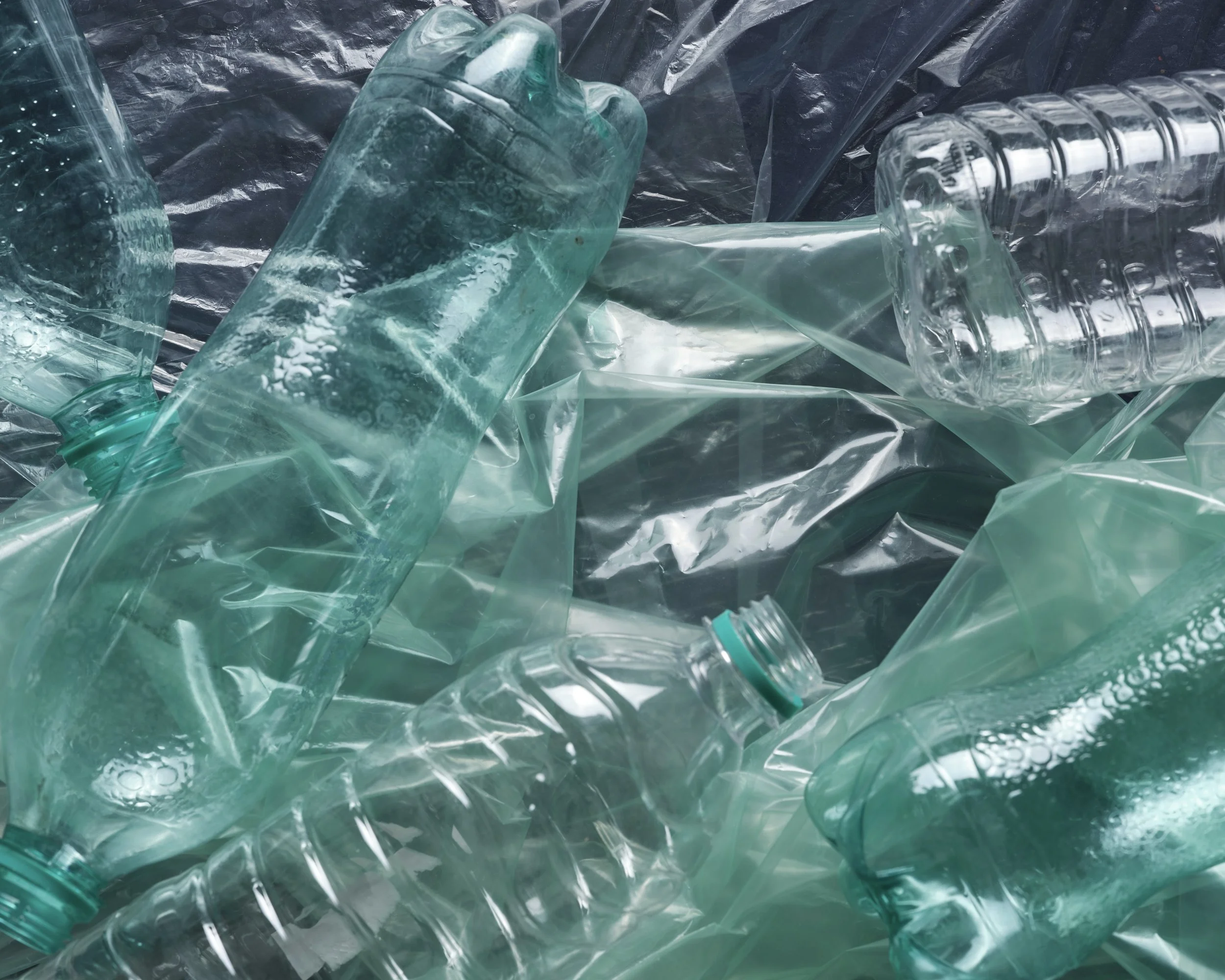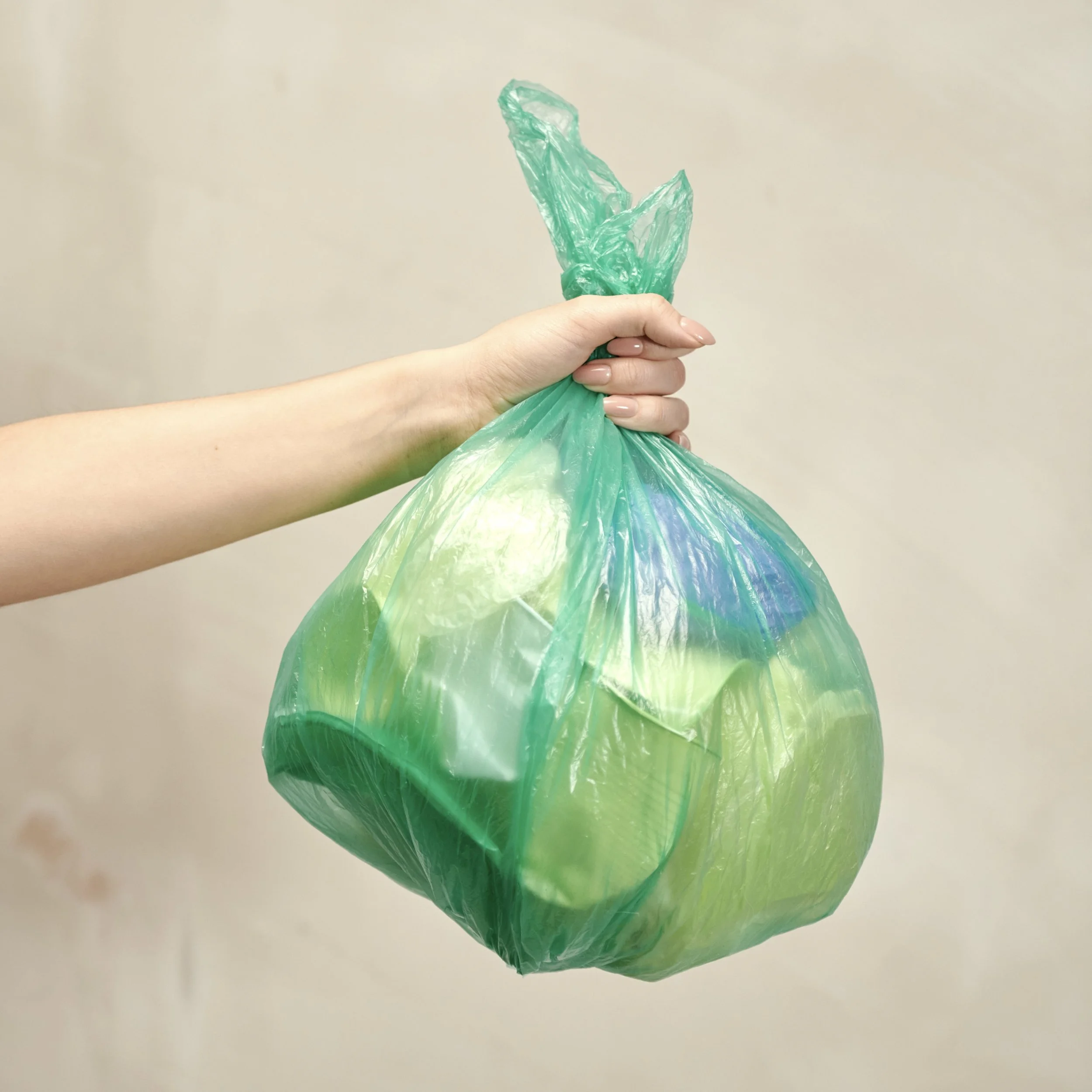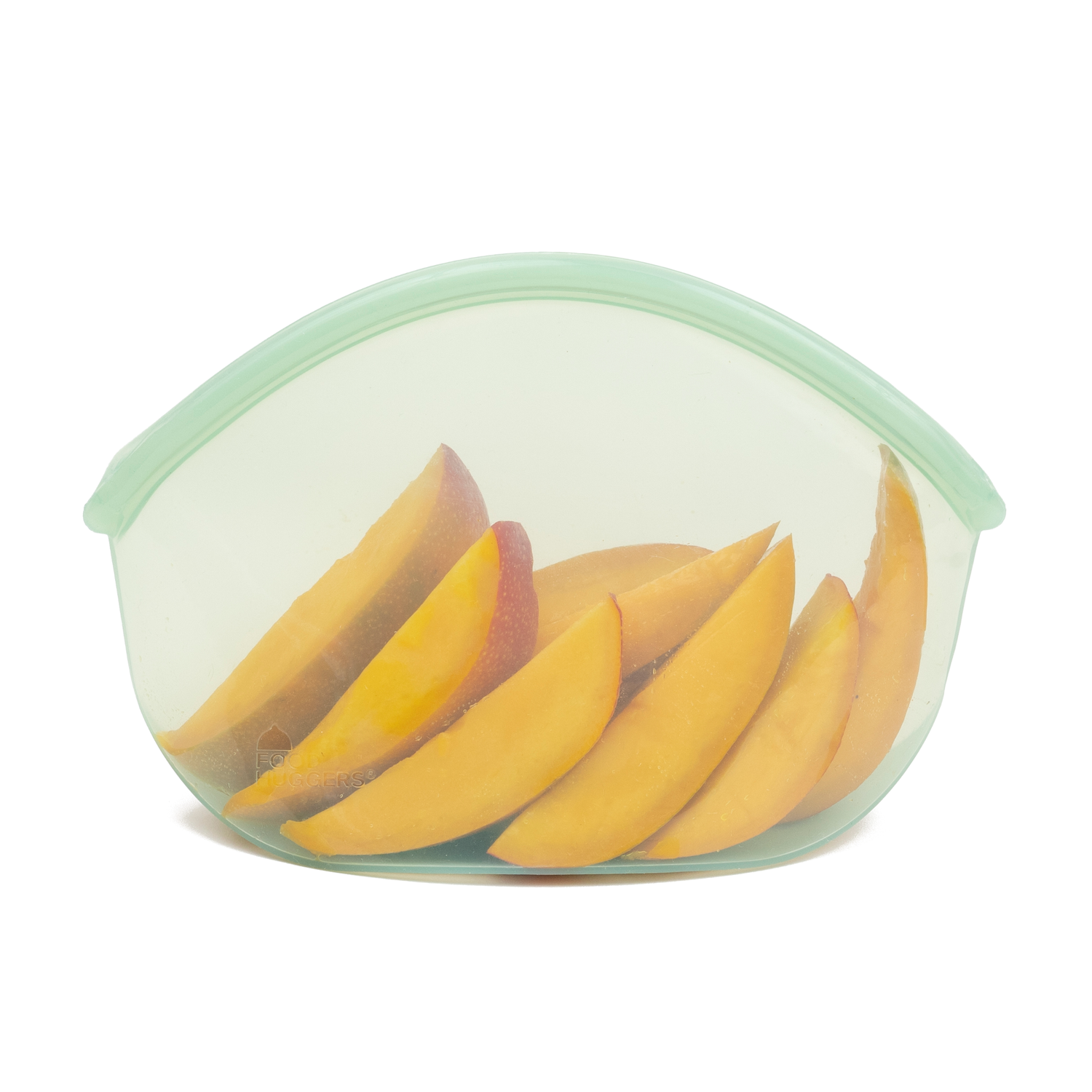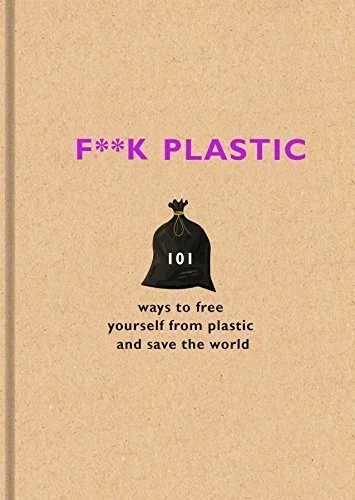The Ultimate Sustainable Baddie Guide to Reducing Your Plastic Usage
Don’t get us wrong, we love Barbie, and Greta Gerwig is Mother, but the truth is…life in plastic, ain’t so fantastic. July is Plastic-Free Month and it's the perfect opportunity to reevaluate our relationship with plastic. Plastic waste has become an omnipresent hazard to our planet, infiltrating our oceans, soil, and even the air we breathe. Our marine creatures, birds, and wildlife suffer immensely from plastic pollution, often mistaking plastic for food or becoming entangled in waste. Plastic pollution disrupts delicate ecosystems, contributing to climate change and threatening biodiversity.
But fear not baddies! This guide is meant to inspire and empower you! Rather than dwelling on the negative, let's focus on our limitless potential for collective change. Together, SBs can pave the way to a plastic-free world. We’ve created this guide so you can refer to it whenever you need resources to learn more about plastic-free living or just need to reconnect with your plastic-free roots. From single-use plastics in your kitchen to packaging choices at the grocery store, we've got you covered!
Embracing a plastic-free lifestyle doesn't mean sacrificing convenience or style; it's about making thoughtful choices that have a lasting impact on the health of our planet. This guide isn't about perfection; it's about progress.
Assess Your Plastic Footprint
We always recommend a meditation period before making any significant changes to your daily routine. Take a moment to reflect and assess your current plastic usage. Observe your routines, habits, and the various products you use regularly. Understanding your plastic footprint will help you identify areas where you can make the most significant impact. Here are a few steps you can take to start your plastic-free journey:
Daily Plastic Inventory: Take stock of the plastic items you encounter daily. Consider your morning routine; toothbrushes, shampoo bottles, and the disposable coffee cup you use on your way to work. Throughout the day, take note of every plastic item that comes into your life, from food packaging to shopping bags.
Plastic Habits: Reflect on your plastic habits and any unnecessary single-use items you rely on. Perhaps you have a tendency to use plastic utensils for convenience, or you regularly purchase bottled water on the go. Understanding these habits will help you strategize for change.
Be attentive: For example, if you order take-out or delivery, most restaurants have a “no utensils” option you can select.
Setting Realistic Goals: Once you've identified your plastic consumption patterns, it's time to set realistic goals for reducing your plastic usage. Aim for attainable objectives that align with your lifestyle. Setting overly ambitious goals can lead to frustration and make the process seem overwhelming. Break your plastic reduction journey into manageable steps.
Start Small: Transitioning to a plastic-free lifestyle may feel daunting, but remember, every effort counts. Begin by targeting the smallest and easiest area to make changes. This could be something as simple as swapping out single-use plastic straws for reusable alternatives or carrying a reusable water bottle with you wherever you go. Starting small allows you to build confidence and gradually incorporate sustainable practices into your routine.
Explore Alternatives: As you progress, explore the plethora of plastic alternatives available. There are numerous innovative products and sustainable materials that can replace common plastic items. From bamboo toothbrushes to glass storage containers, these alternatives are not only eco-friendly but often more durable and aesthetically pleasing.
Involve Others: Share your journey with friends and family and encourage them to join you on the path to a plastic-free lifestyle! Collective efforts can lead to a more significant impact, and together, you can inspire and support each other along the way.
Plastic-Free Alternatives
Reducing your plastic consumption means relying on reusables! To help you find these essentials, we curated a list of a few of our favorite Sustainable Swaps. Below are also a few different areas of your life where you can start making some plastic-free adjustments along with our recommendations for each. From household essentials to personal care products, each item on this list has been selected for its susty qualifications.
Grocery Shopping and Bulk Buying: Most definitely take your reusable bags to the grocery, but also consider shopping in bulk! Instead of purchasing small quantities of products that come encased in plastic, buying in bulk allows you to obtain larger quantities while using your own containers, helping to minimize packaging waste. This approach not only helps you save money but also ensures that you have a steady supply of essentials. If you’re in New York or LA, check out some of our fave locations:
Back in April, we collab’ed with Cool Stuff NYC to curate a list of our favorite zero waste shops in NYC. Check it out here!
If you live outside of NYC, check out this resource by Litterless that lists zero-waste grocery stores state by state: Zero Waste Grocery Guide.
Personal Care and Toiletries: Replacing your bathroom essentials with plastic-free products is a great way to start minimizing your plastic consumption. Brands like Ethique and Nole have bathroom essentials that aren’t just plastic-free, but also a lot healthier for your hair than mainstream shampoos, conditioners, and soaps!
Kitchen: Choose reusable containers and food wraps, like the ones from Stasher, to keep your food fresh, pack your lunch, or test out meal planning to reduce food waste and minimize plastic packaging.
If you’re in the market for low-waste cleaning products, check out our list of Low-Waste and Non-Toxic Household Cleaning Products.
Plastic-Free on the Go: Pack your plastic-free habits in your cutie tote and take them with you on the go!
If you’re traveling, check out our Travel Essentials guide for our favorite plastic-free/low-waste necessities.
Take your reusables with you to your dinner resy and pack up those leftovers!
Or make sure you have your refillable water bottle before you head out; if you need a rec we’ve got you: Reusable Water Bottles That Will Keep You Hydrated.
Sustainable Fashion
Fast fashion, characterized by rapid production, low-cost garments, and fleeting trends, has dramatically accelerated clothing consumption and waste generation. The demand for cheap and disposable apparel has fueled the rise of synthetic, plastic-based textiles, like polyester and nylon. These materials shed microplastics during washing, leading to plastic pollution in our waterways and oceans, where they harm marine life and enter our food chain. Not to mention, significant consumption of fossil fuels and energy-intensive processes are involved in the manufacturing of synthetic polymers. Embracing sustainable fashion and plastic-free living means making intentional choices about the clothing we wear.
Many sustainable brands focus on minimizing their environmental impact by using organic and renewable materials, as well as reducing waste and carbon emissions in their production processes. When shopping for sustainable fashion, look for certifications like Fair Trade and Global Organic Textile Standard (GOTS) to ensure that your purchases align with your values. A key principle of sustainable fashion involves extending the lifespan of our clothing. Repairing garments, by mending tears or replacing buttons, helps prevent clothing from ending up in landfills prematurely. Additionally, upcycling old or worn-out clothes breathes new life into them, transforming them into unique and stylish pieces.
Keep a lookout for (and avoid) these materials:
Polyester
Acrylic
Nylon
Rayon
Acetate
“Vegan leathers” like polyurethane
Opt for these materials instead:
Cotton
Linen
Wool
Hemp
Viscose
Tencel
Secondhand / vintage leather
Thanks to Sustainable Baddies (like you!), the fashion industry is witnessing a huge shift towards sustainable practices. Fashion girlies everywhere are choosing to support small susty brands, shop secondhand, and limit their consumption more than ever before. More and more people are recognizing the severe impact of fast fashion and plastic-based textiles on our planet. By choosing brands that work with natural fabrics, shopping secondhand, and embracing "quality over quantity," we can collectively reduce our reliance on fast fashion and plastic-based textiles.
Resources and Recommendations
Plastic-free living isn’t just about swapping out your single-use plastics for reusables. It’s also about taking the time to learn more about the ways in which plastic is affecting our natural world, our health, and all of the alternatives and solutions that exist out there.
If you’re looking to read more about sustainable and plastic-free living, check out these reads:
If you’re more of a visual learner, check out these docs:
Plastic Paradise: The Great Pacific Garbage Patch (2013)
A Plastic Ocean (2016)
Follow some of our fave plastic-free and zero-waste creators to get a daily dose of plastic-free inspo!
Plastic-free living is also a great way to connect with your sustainable baddie community. Join a beach or community clean-up in your area to meet other baddies on their plastic-free journey!
How have you been able to lessen your plastic consumption?




